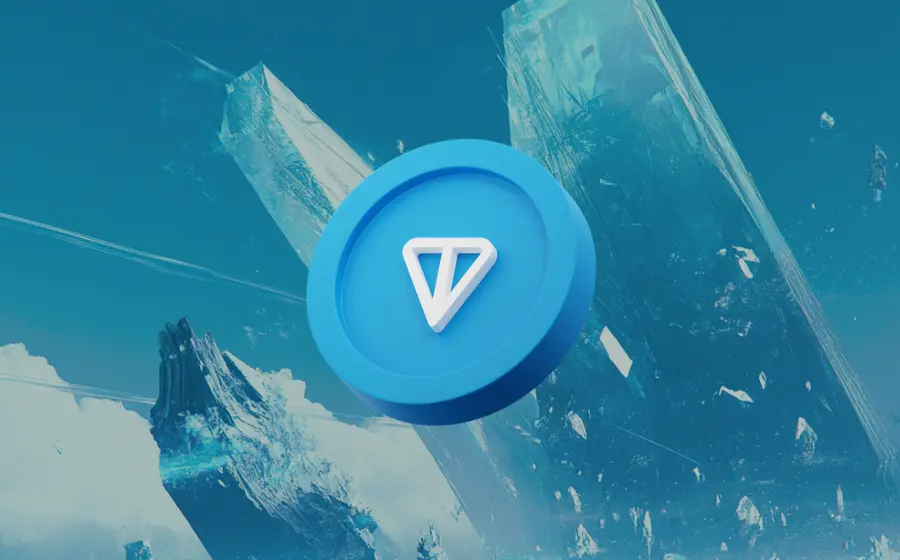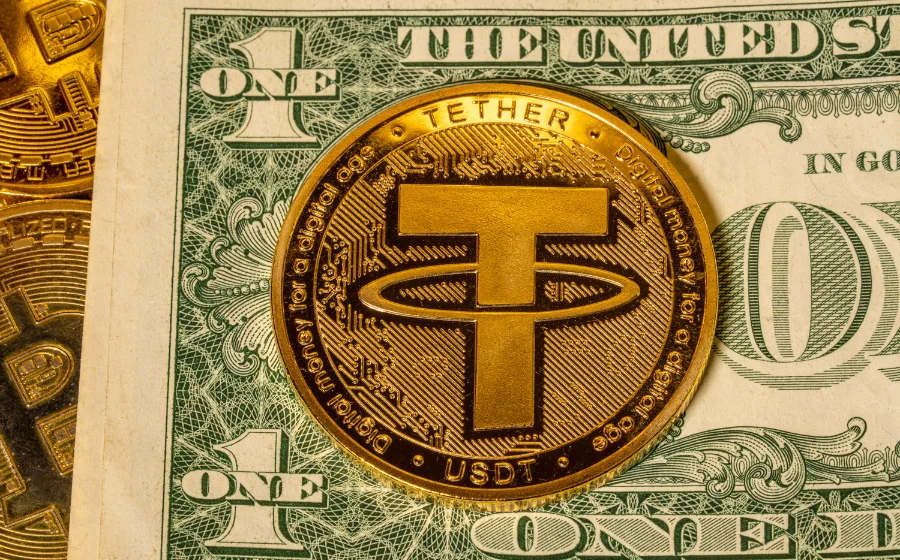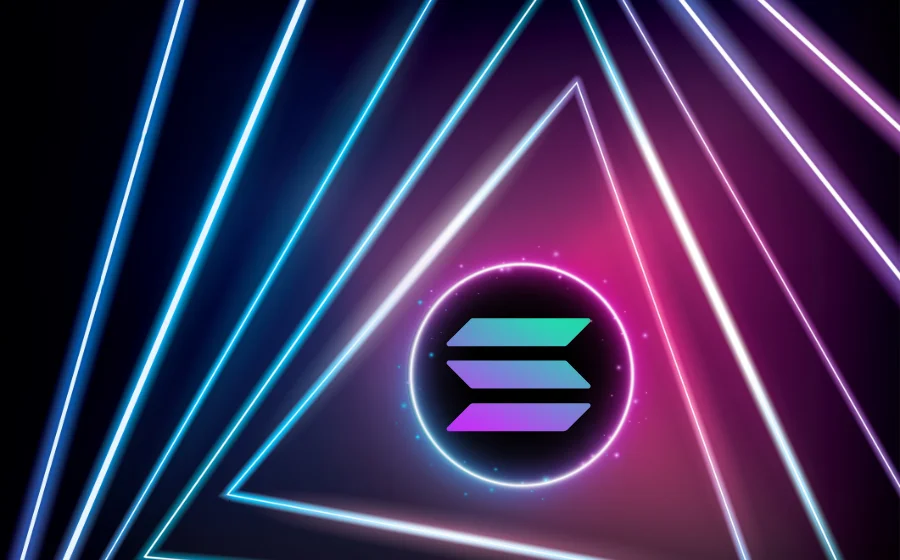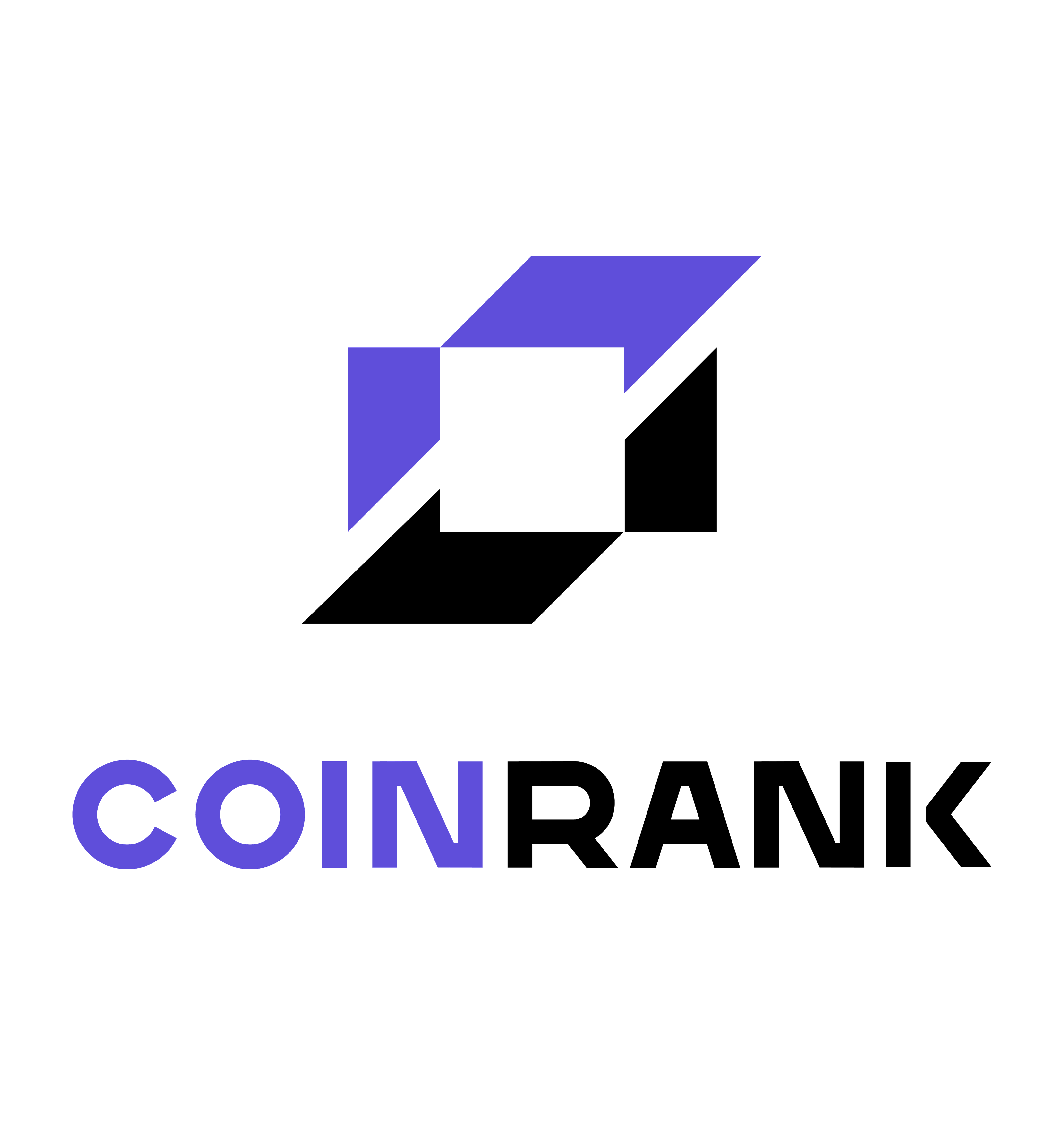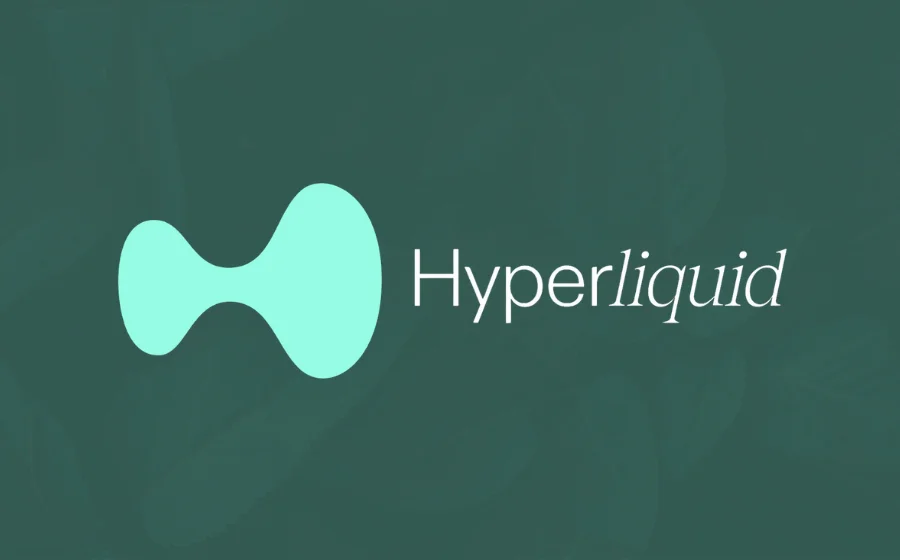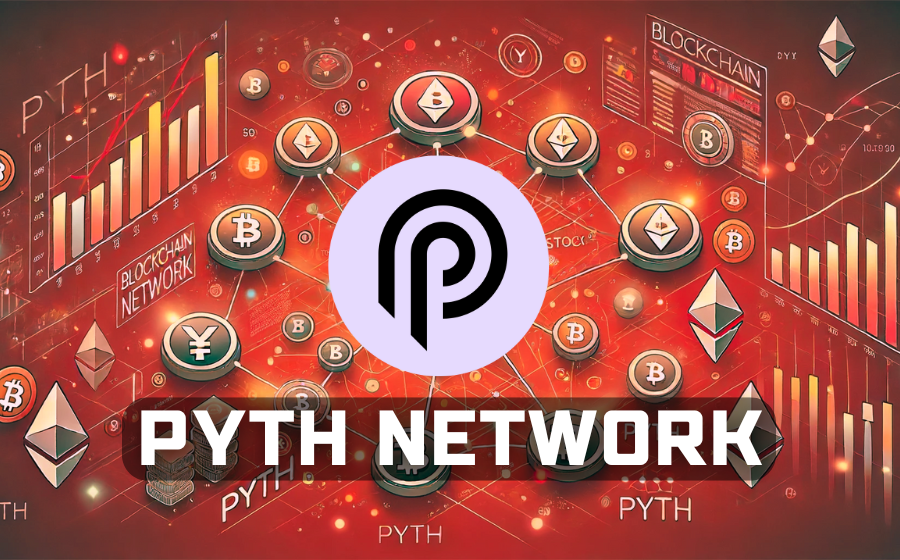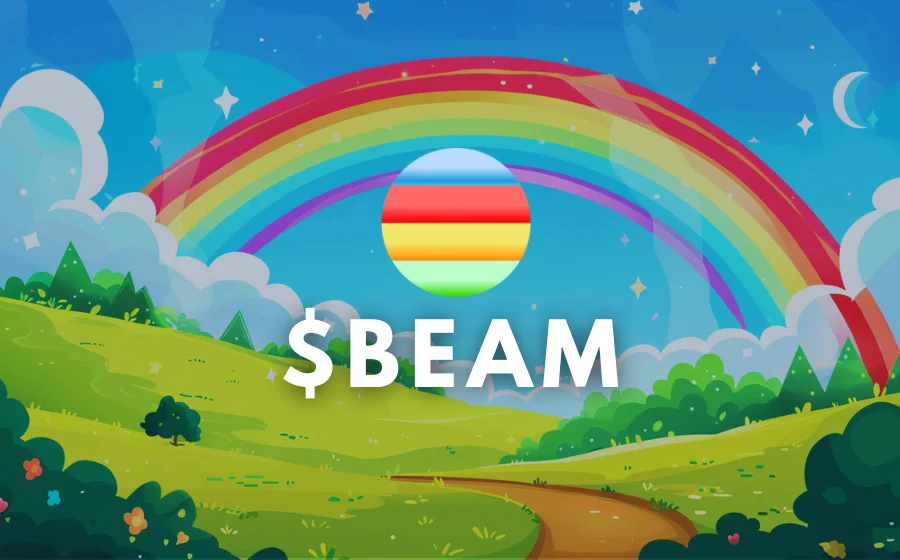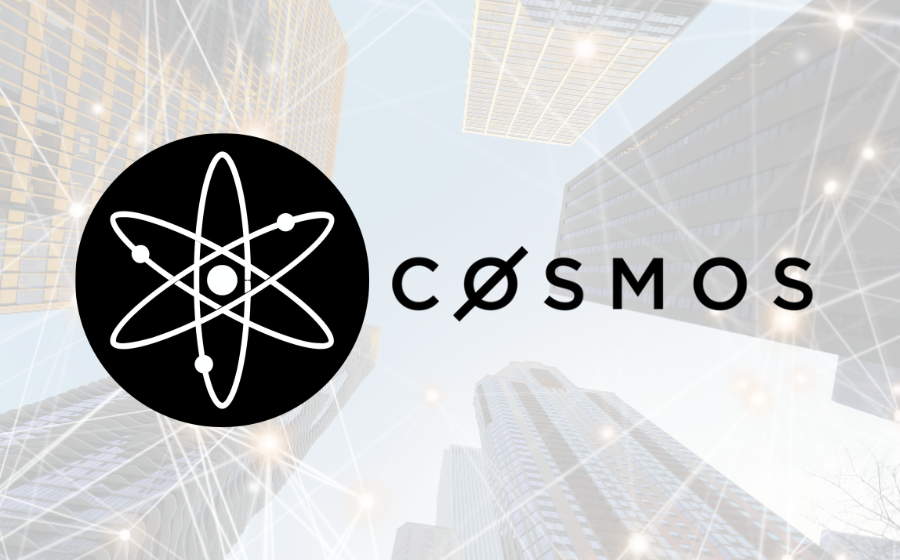
KEYTAKEAWAYS
- Cosmos (ATOM) enables interoperability between independent blockchains using open-source tools like Cosmos SDK and the IBC protocol to build a modular blockchain ecosystem.
- Cosmos Hub serves as the central ledger, facilitating secure cross-chain transactions between Zones through IBC transactions like IBCBlockCommitTx and IBCPacketTx.
- Cosmos (ATOM) is the native token used for staking, governance, and gas fees on Cosmos Hub, with dynamic inflation based on the network’s staking ratio to secure its decentralized infrastructure.

CONTENT
Cosmos (ATOM) is a decentralized network of interoperable blockchains, offering modular tools like Cosmos SDK and IBC to enable cross-chain communication and scalable Web3 innovation.
WHAT IS COSMOS?
Often referred to as “Blockchain 3.0,” Cosmos (ATOM) is not a single blockchain, but a decentralized ecosystem designed to enable interoperability between multiple parallel blockchains. Its architecture aims to eliminate the siloed nature of traditional blockchain networks by allowing them to exchange data and assets freely—without relying on centralized intermediaries.
Rather than building a monolithic chain, Cosmos (ATOM) embraces a modular framework. At the heart of this system are the Tendermint consensus engine and the IBC (Inter-Blockchain Communication) protocol, which together empower sovereign blockchains—called “Zones”—to seamlessly interact with one another through the Cosmos Hub.
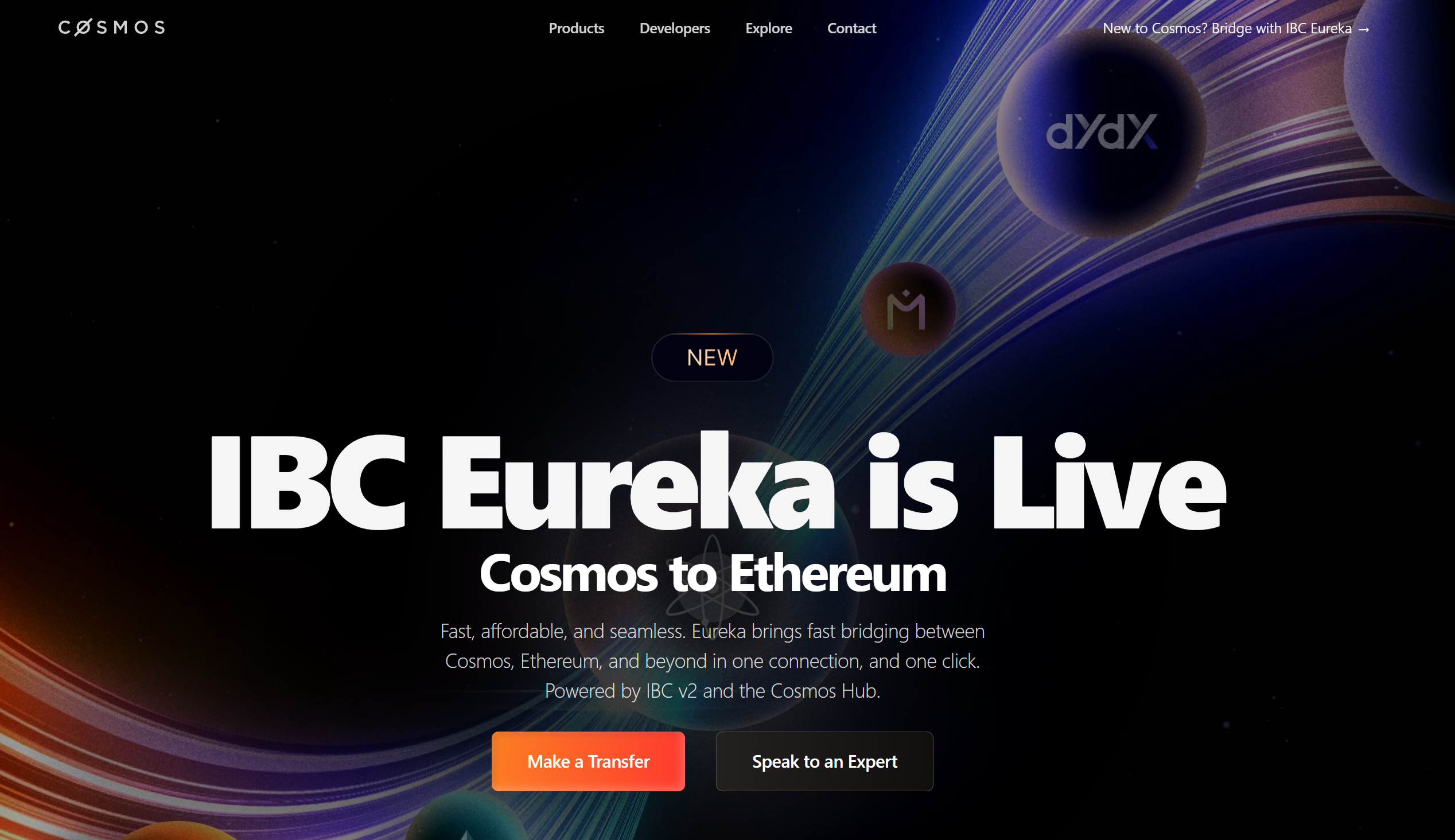
The founding team envisions Cosmos (ATOM) as the “Internet of Blockchains”—a vision that has even inspired Ethereum co-founder Vitalik Buterin in his thinking around future network scalability and design.
What sets Cosmos (ATOM) apart is its strong emphasis on customizability and cross-chain interoperability. Unlike many projects that focus solely on scaling a single network, Cosmos is building a diverse and decentralized blockchain landscape where multiple chains can thrive independently, yet remain connected and interoperable.
Ultimately, Cosmos (ATOM) isn’t just offering a technical upgrade—it’s proposing a paradigm shift: from isolated blockchains to a unified, scalable, and modular multi-chain future.
>>> More to read: What is WLFI? Inspired by Trump, Powered by USD1
COSMOS HUB | THE HEART OF THE COSMOS ECOSYSTEM
At the center of the Cosmos (ATOM) ecosystem lies Cosmos Hub—the primary blockchain that connects other independent chains known as “Zones.” Unlike traditional networks, Cosmos Hub doesn’t just act as a ledger; it enables secure, trustless communication between chains using the Inter-Blockchain Communication Protocol (IBC).
▚▚ SOVEREIGN SERIES ▚▚
“For about ten years, XRP has been somehow isolated from DeFi. Now, XRP will be accessible to the entire Cosmos ecosystem and across all of Web3 in general, including Ethereum and EVMs.”
– @ferranprat12
CEO of @Peersyst pic.twitter.com/pViV7FKr55— Cosmos – The Interchain ⚛️ (@cosmos) July 24, 2025
Cosmos Hub functions as a decentralized central ledger where different Zones exchange IBC messages. The IBC protocol supports two primary types of transactions:
✅ IBCBlockCommitTx: Relays the latest block hash from a Zone, allowing the Hub to stay updated on the Zone’s state.
✅ IBCPacketTx: Validates that a data packet was legitimately generated by the sender’s application, ensuring secure and trustworthy cross-chain communication.
For example, imagine 2 decentralized apps (DApps) running on separate Zones want to interact. They do so by transmitting IBC messages via Cosmos Hub. The Hub acts as a relay, recording the interaction, while both Zones also log the exchange on their respective chains for auditability.
This seamless cross-chain communication is what earns Cosmos (ATOM) its nickname: The Internet of Blockchains. It doesn’t just connect networks—it connects ecosystems, applications, and value.
>>> More to read: What is WLFI? Inspired by Trump, Powered by USD1
WHAT IS COSMOS SDK?
Within the Cosmos (ATOM) ecosystem, the Cosmos SDK stands out as a powerful, open-source blockchain development framework designed to simplify the process of building application-specific blockchains (AppChains). It significantly lowers the barrier to entry for developers aiming to create secure, scalable, and customizable blockchain networks.
By default, the Cosmos SDK uses Tendermint Core as its consensus engine. However, it offers a wide range of pre-built, modular components—such as governance, staking, token issuance, and access control—that developers can easily plug in, modify, or replace based on their specific needs.
Thanks to its high modularity, the SDK supports both public Proof-of-Stake (PoS) chains and permissioned Proof-of-Authority (PoA) chains. This makes it an ideal choice for a variety of blockchain applications—from DeFi and gaming to identity and enterprise solutions.
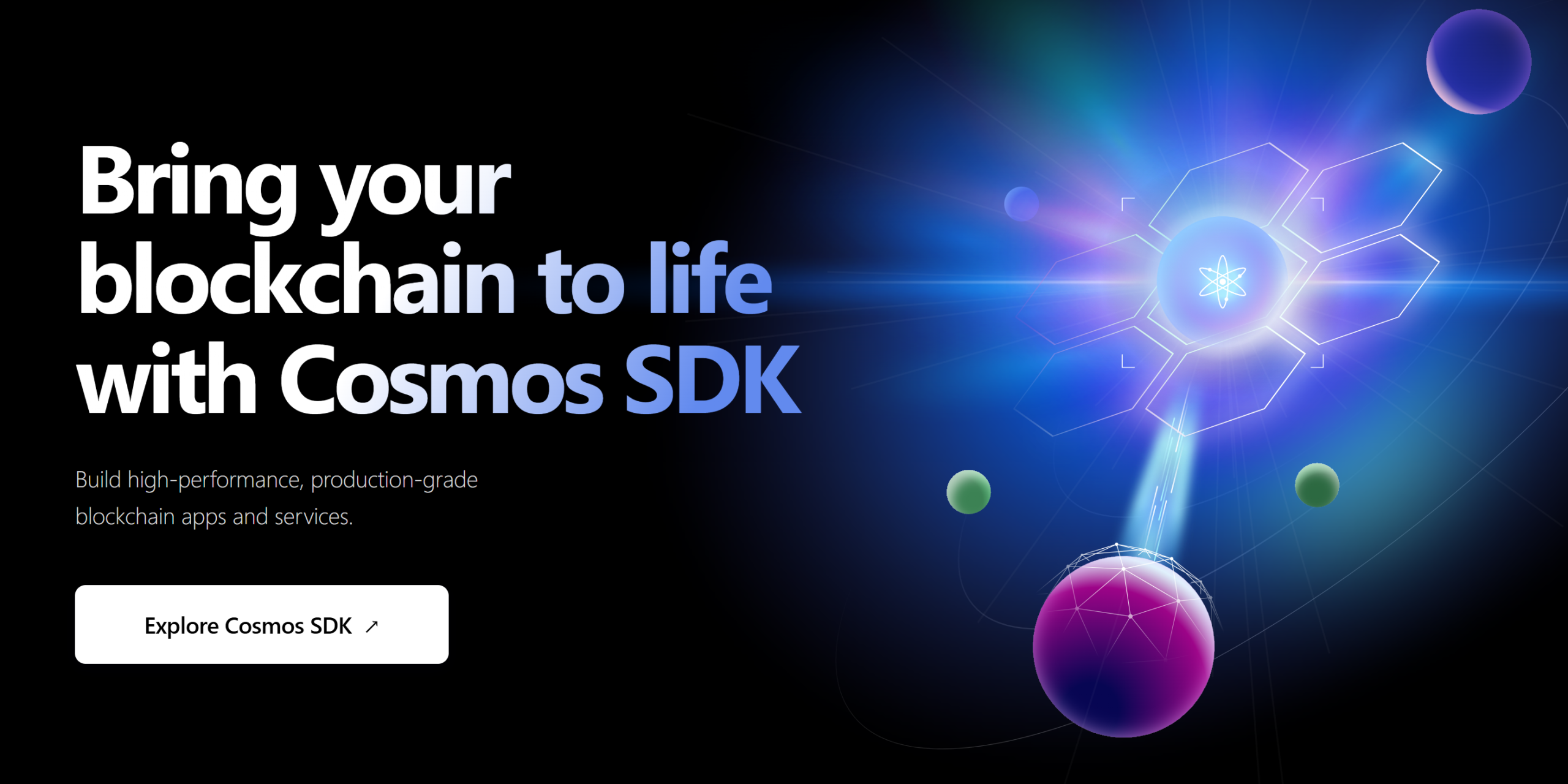
🔧 Notable projects built with Cosmos SDK include:
- BNB Chain
- THORChain
- Cronos
- Terra
- Oasis Protocol
- Juno Network
- Crypto.com
- OKC Network
- Secret Network (Scrt)
- Evmos
- Axelar
These projects demonstrate the flexibility and scalability of the Cosmos (ATOM) architecture, covering use cases such as cross-chain interoperability, privacy-preserving computation, DeFi ecosystems, and global payments.
>>> More to read: What is a Cross-chain Bridge?
COSMOS 1.0 VS COSMOS 2.0
In Cosmos 1.0, the ecosystem is built on a Hub and Zone structure. The Hub serves as the central connection point but does not provide security for the Zones. Each chain maintains its own validator set and operates independently. While this design preserves full sovereignty for each chain, it also means project teams must split their focus between building the product and running network security. The tokenomics become more complex, and for smaller, early-stage chains, security risks are higher—raising the barrier to entry for the Cosmos ecosystem.
Cosmos 2.0 introduces a major shift with Interchain Security, allowing the Cosmos Hub to share its security with other blockchains. These chains, known as Consumer Chains, no longer need to build their own validator infrastructure, enabling developers to focus on product and application development while benefiting from the Cosmos Hub’s robust security.
🔍 In Cosmos 2.0, Consumer Chains come in two forms:
-
Contract Consumer Chains: Developers deploy smart contracts via EVM, CosmWasm, or other supported environments, secured by the Cosmos Hub. Gas fees are paid in ATOM and distributed between Cosmos Hub validators, delegators, and the project’s DAO. For example, if Uniswap became a contract consumer chain, part of the gas fees could go to the Cosmos Hub while the rest flows to the Uniswap DAO, directly boosting UNI’s economic value.
- Custom Consumer Chains: These are not limited to smart contracts and can include full, purpose-built blockchain functionality. Projects can set their own gas token and introduce incentives like LP rewards or staking. The Cosmos Hub receives a negotiated portion of fees and inflation rewards. Juno Network, a smart contract chain in the Cosmos ecosystem, is an example of this flexible model.
In summary, Cosmos 1.0 prioritized sovereignty but required higher operational and economic effort from each chain. Cosmos 2.0 lowers the barrier by enabling shared security, helping projects launch faster, operate more securely, and design more sustainable token economies—strengthening the long-term growth of the Cosmos ecosystem.
WHAT IS $ATOM?
Cosmos (ATOM) is the native governance and staking token of the Cosmos Hub—the central blockchain within the Cosmos ecosystem. While not every application or Zone built with Cosmos SDK is required to use ATOM, it still plays a vital role in the network’s security, governance, and incentive mechanisms.
🔍 What Can ATOM Be Used For?
- Staking Rewards: Users can stake their Cosmos (ATOM) through wallets like Keplr by delegating tokens to Validators. In return, they earn staking rewards and help secure the network.
- Airdrops for New Projects: Staked Cosmos (ATOM) often qualifies holders for airdrops from new projects launching within the Cosmos ecosystem.
- DAO Governance: ATOM holders have on-chain voting rights. They can submit and vote on governance proposals that shape the future of the Cosmos Hub, from technical upgrades to policy changes.
- Transaction Fees: While not mandatory across all Zones, ATOM is the default fee token on Cosmos Hub.
📌 Cosmos (ATOM) Token Distribution
In April 2017, Cosmos held an ICO that raised approximately $17 million USD. The initial token supply of 236 million ATOM was distributed as follows:
-
Crowdsale Investors: 75% of initial supply
(Cost < $0.10 per token, no lockup)
-
Seed Investors: 5% of initial supply
(Cost ~$0.025 per token, no lockup)
-
Interchain Foundation: 10% of initial supply
(No lockup)
-
Tendermint Inc. (AIB): 10% of initial supply
(Fully unlocked by 2019)
✏️ Inflation and Supply Dynamics
Unlike Bitcoin, Cosmos (ATOM) has no maximum supply cap. Instead, it follows a dynamic inflation model influenced by the network’s staking ratio. If staking participation is low, the protocol increases the ATOM issuance rate to encourage more staking—essentially diluting un-staked tokens to protect network security. Roughly 1/3 of new ATOM issuance is distributed to validators and stakers as incentives.
>>> More to read: What is YALA? Utility, Value & Tokenomics
COSMOS (ATOM) CONCLUSION
Often referred to as the “Internet of Blockchains,” the Cosmos (ATOM) network aims to build a decentralized mesh of interoperable blockchains—connected through open-source tools and protocols that simplify communication and asset exchange.
At its core, Cosmos prioritizes customizability and interoperability, enabling developers to build sovereign blockchains tailored to specific use cases, while still being part of a broader ecosystem. With tools like the Cosmos SDK, the IBC protocol, and the Cosmos Hub, the network empowers scalable, modular, and future-proof blockchain infrastructure.
As Web3 continues to evolve, Cosmos (ATOM) stands out not just as a technology, but as a philosophy: one that promotes collaboration over competition, modularity over maximalism, and a truly interoperable future over siloed chains.
Whether you’re a developer, validator, or long-term investor, Cosmos (ATOM) offers a powerful foundation to participate in the next phase of decentralized innovation.

